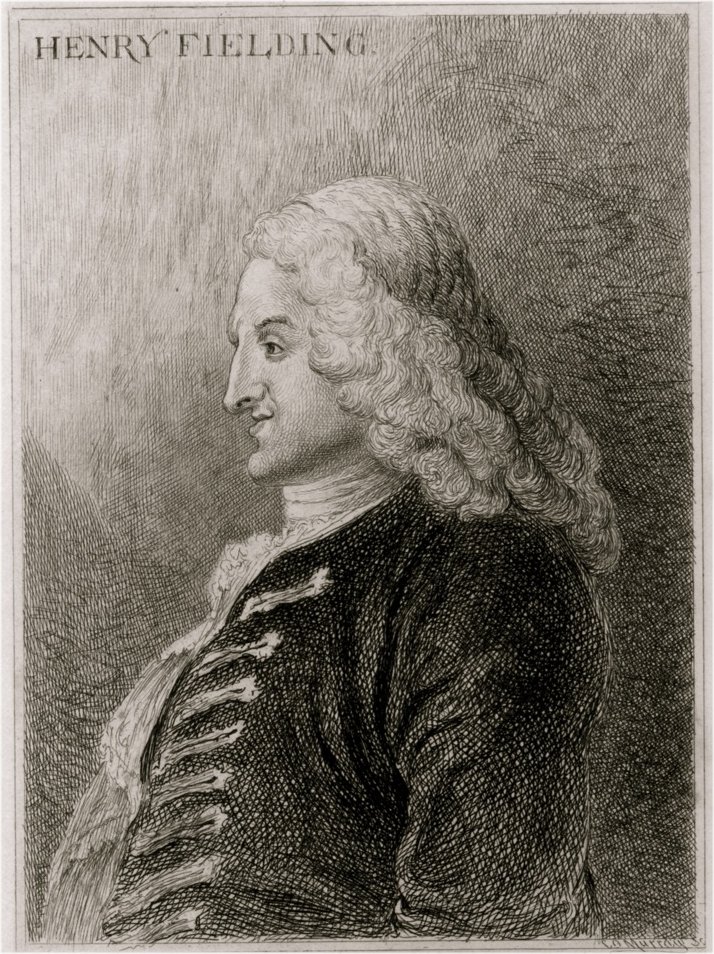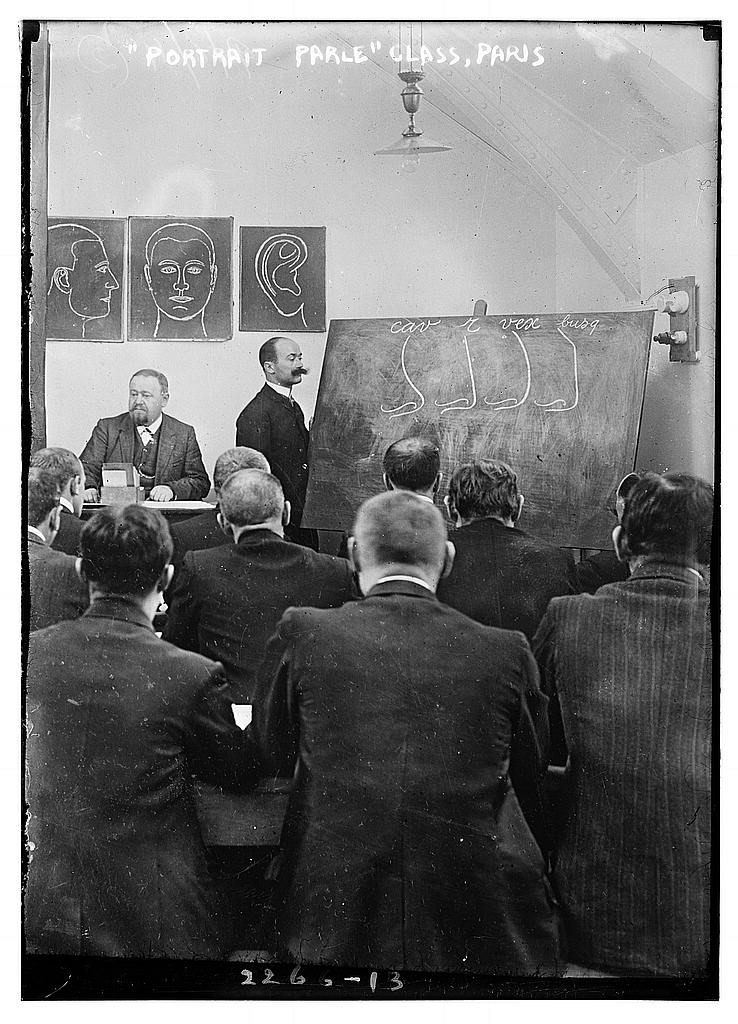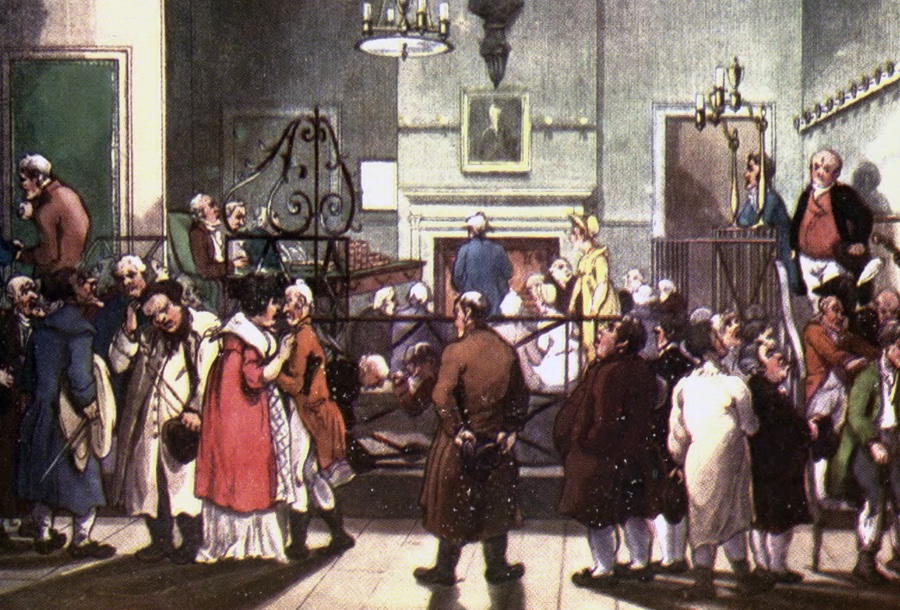From catching criminals to improving prison conditions, these heroes transformed crime and punishment forever

Henry Fielding
British 1707–1754
Novelist Henry Fielding co-founded the Bow Street Runners, London’s first professional police force. Funded by the British authorities in an effort to crackdown on the violent crime taking over the capital, this group was served writs and arrested offenders on the authority of the magistrates. The Runners started out as just six men in 1749 but grew to 68 men by 1800. They travelled nationwide to apprehend criminals, successfully slashing robbery rates and upping convictions.
Elizabeth Fry
British 1780–1845
The first woman to fight for prison reform, Fry became a champion for her cause after witnessing the cramped, unsanitary conditions endured by hundreds of women and children at London’s Newgate Prison in 1813. She founded the Association for the Improvement of Female Prisoners in 1817, which lobbied Parliament for change. Fry’s organisation demanded education for inmates, same-sex attendants in women’s prisons, paid employment and even discreet transportation to gaols. Her work led to Robert Peel introducing the Gaols Act in 1823, which implemented some of her ideas. Fry’s writings also influenced penal reform across Europe and the United States of America.
Sir Robert Peel
British 1788–1850
As the founder of the Metropolitan Police, considered to be the first modern professional police force, Peel is remembered as the ‘Father of Modern Policing’. When he became Home Secretary, law enforcement in London was in disarray and Peel knew that he had to deal with the policing problems – hence the Metropolitan Police Act. Peel’s police force encouraged other reforms across the country, and by 1851 there were around 13,000 policemen in England and Wales.
Sir William James Herschel
British 1833–1917
While working in India for the British Indian Civil Service, Herschel realised that fingerprinting could be used to identify criminals and prevent impersonation. He started using the process in 1858 for contract signatures, and over the next 15 years Herschel discovered that fingerprints were permanent. Although recognised as a pioneer of fingerprinting, Herschel found himself in a dispute with Scottish doctor Henry Faulds, who published his own work on fingerprinting in 1880. Eventually, Herschel agreed that Fauld’s was the one to suggest that fingerprints could have a forensic use, but he remained the first man to use them to document criminals.

Alphonse Bertillon
French 1853–1914
Bertillon was a trailblazer when it came to developing methods for criminal identification during the late 19th century. Beginning his career in policing at the Prefecture of Police, he quickly saw how disorganised the criminal records were. Realising that there could be a better way to identify reoffending criminals, in 1879 he developed a new system based on anthropometry – in other words, the use of physical measurements. It proved popular, and Bertillon continued to create new techniques, including the mug shot. Although photography was used by the police at this point, it was Bertillon who standardised the practice.
Lola Baldwin
American 1860–1957
Based in Portland, Oregon, Baldwin was one of the first women to become a police officer in the United States. She dedicated years of voluntary work to the welfare of women and children, with a particular focus on young girls who had fallen into prostitution or those who were at risk of being lured into it. Baldwin convinced the city council to fund her work, which led to her being sworn in as a police detective in 1908. She continued to concentrate on the issue of sexual exploitation, and she was even commissioned to investigate interstate prostitution for the Immigration Bureau.
William J. Burns
American 1861–1932
Burns started his career as a private detective before he was accepted into the US secret service. As a respected private investigator, Burns founded the William J. Burns International Detective Agency in 1909 and subsequently became famous for the numerous cases that he solved. Burns’ work made national headlines and his experience led to his appointment as the director of the Bureau of Investigation in 1921, but he was forced to resign following the Teapot Dome Scandal.
August Vollmer
American 1876–1955
Hailed for his police reforms, Vollmer is one of the most famous men in the history of American law enforcement. He was the first chief of police in Berkeley, California, a position he held from 1909 to 1931. Vollmer overhauled corruption in the force and forbade his officers from accepting gifts or bribes. He pioneered the use of forensic science in criminal investigations, leading to the establishment of crime laboratories across the United States.
Edith Smith
British 1880–1924
As the first female police officer with the power of arrest in the United Kingdom, Smith was a trailblazer for women in policing. Appointed in 1915, she focused on the issue of prostitution in the area of Grantham during WWI. Smith dealt with more than 380 incidents during her career before her retirement in 1918, after working six days a week relentlessly for two years. She died in 1924 after an overdose of morphine.
Samuel J. Battle
American 1883–1966
Battle was the first black person to become a police officer in New York City in 1911. He suffered racial abuse from his fellow officers, but he persevered, earning their respect after saving a white officer’s life in the 1920s. Among his many achievements was the pivotal role he played in ending the riots in Harlem during 1935 and 1941. His career in law enforcement went from strength to strength and Battle received a series of promotions, becoming the first black sergeant, lieutenant and finally parole commissioner in 1926, 1935 and 1941 respectively. He eventually retired in 1951, four decades after he joined the NYPD.
[Originally published in All About History 66]
Subscribe to All About History now for amazing savings!
